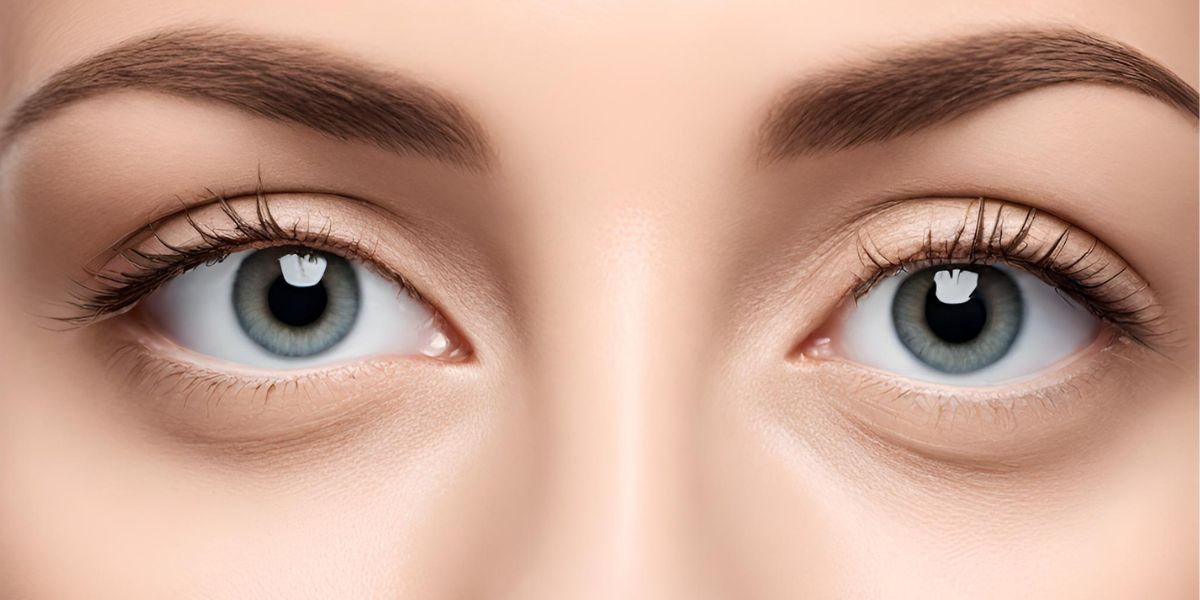How to Know If You’re a Good Candidate for Laser Resurfacing of Acne Scars
Acne scars can be frustrating and make you feel self-conscious about your appearance. While over-the-counter creams may help reduce their appearance, laser resurfacing is one of the most effective treatments for permanently minimizing and smoothing acne scars. However, only some are ideal candidates for the procedure. Here’s what you need to know to determine if laser resurfacing suits you.
What Causes Acne Scars?
Before understanding if laser treatment is a good option, it’s helpful to know what causes acne scars in the first place. Acne occurs when hair follicles become clogged with oil and dead skin cells, creating a plugged pore where bacteria can thrive. This results in inflammation and pimples.
In moderate to severe acne, the inflammation goes deep into the dermis, the thick layer of skin below the epidermis. This damages collagen fibers, leading to depressed scars (indented scars), raised scars like hypertrophic scars and keloid scars, and ice-pick scars (deep pits). The severity of scarring depends on how much inflammation there is and how well your skin naturally repairs itself.
How Does Laser Resurfacing Work on Scars?
Laser resurfacing uses focused beams of light to precisely remove the outer layers of skin. Different wavelengths of lasers can selectively target water in the skin, thereby heating up and vaporizing thin layers of tissue. Removing damaged skin allows new, smooth collagen to form during healing, improving scar appearance.
There are two main types of lasers used:
– Ablative lasers remove thin layers of skin by burning or vaporizing them. This reduces scar depth effectively, but the healing takes up to 2 weeks.
– Non-ablative lasers target water beneath the skin’s surface without damaging the top layer. This means faster healing but less dramatic results than ablative lasers.
Multiple treatments are usually needed for the best results from laser resurfacing. The procedure is often done in conjunction with other acne scar treatments like filler injections for indented scars or corticosteroid injections to flatten raised scars.
Am I a Good Candidate for Laser Resurfacing?
The ideal candidate for laser resurfacing of acne scars has:
– Realistic expectations. Lasers can improve but not eliminate acne scars. You’ll see a reduction in their depth and appearance rather than a flawless complexion.
– Fair to medium skin tones. Lasers work best on paler skin since darker pigment absorbs more light energy, increasing the risk of adverse effects like hyperpigmentation. However, some newer lasers are safe for dark skin.
– No active acne. Lasers work on existing scars, not active breakouts. Acne must be well controlled before treatment.
– No isotretinoin use for 6-12 months. This acne medication can interfere with the healing process after lasers.
– No major upcoming events. Your skin will be raw and tender for up to 2 weeks after ablative lasers.
– No collagen disorders or history of keloid scars. These increase the chances of scarring from lasers.
– No infections near treatment sites. Active infections need antibiotic treatment first.
– No unreasonable expectations. Mild improvement is likely, but scars won’t vanish entirely. Set realistic goals.
– The time and money for multiple treatments. Most people need 2 to 6 sessions spaced weeks apart for results. Each session costs hundreds of dollars.
What’s the Laser Resurfacing Procedure Like?
The procedure is typically an outpatient treatment performed at a dermatologist’s office. It takes less than an hour per session. Here’s what to expect:
– Numbing cream is applied if ablative lasers are used to minimize discomfort.
– Your eyes will be protected with shields.
– Your dermatologist will test laser settings on a small area before treating the entire scarred zone.
– Gentle laser pulses are applied to remove thin layers of skin tissue. You may feel a warm or stinging sensation.
– Your skin is cooled during treatment to minimize heat damage and discomfort.
– Immediately after, your skin may be swollen, pink, or red, and you may feel sunburned.
– Your dermatologist will apply ointment and cover treated areas with bandages.
You’ll likely see results once the skin has healed after 1 to 2 weeks. Mild redness or swelling can persist for up to a month. Avoid sun exposure during recovery, as your healing skin is highly susceptible to sunburns and pigmentation changes. Use sunscreen diligently after treatment.
What About At-Home Devices?
While professional treatments offer the most dramatic improvement in acne scars, at-home fractional laser devices have emerged as a gentler, more affordable option. Handheld gadgets use microscopic laser columns to create tiny wounds, stimulating collagen and elastic fiber production.
At-home devices provide subtle improvements compared to in-office lasers and require daily treatment for up to 6 weeks, but they cost a fraction of the price. They’re best for mild scarring on limited areas like the cheeks or forehead. Moderate or severe scarring still warrants professional treatment for more significant results.
Weighing Your Options
Laser resurfacing is one of the gold standards for reducing the appearance of troublesome acne scarring. While results aren’t guaranteed, most patients see at least moderate scar depth and skin texture improvement. However, it’s not the right choice for every scar sufferer due to the downtime, cost, and potential complications. Considering all aspects of your situation will help determine if you’re a good candidate for this rejuvenating laser treatment.
